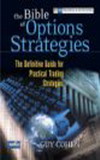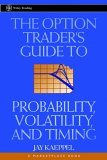Japanese Candlestick Charting Techniques

I've completed reading "Japanese Candlestick Charting Techniques" by Steve Nison not too long ago. Actually, it is a book that I should have read long ago. I knew the common candlestick patterns like hammer, hanging man, doji, engulfing pattern etc, and I also use them in my trading, but I never knew the story behind them.
The book is easy to read and digest. Steve Nison first gave an historical background on candlestick. It is amazing how these patterns are born and used so many years ago by the Japanese and yet only introduced to Western hemisphere less than 20 years ago. He then covers each of the candlestick patterns such as reversal patterns (hammer, engulfing, tweezer tops/bottoms, harami etc), continuation patterns, stars (morning star, evening star, shooting star etc) and doji.
In Part 2: Convergence, he complements Japanese candlestick patterns with western techniques such as trend lines, moving averages, retracement, oscillators and volume and he recommends the reader to do so. This is because candle signals are more powerful if they also confirm western technical signals. Also not forgetting that candlestick patterns do not provide price targets and one has to look to trend lines, support and resistance, and retracement to do so.
What I liked about this book is that Steve Nison explains the patterns in terms of market psychology. And he is clear that while candlestick patterns are useful tools, a trader should never base their trading decision solely on a single pattern. A trader should also look at the pattern in context of the overall chart, i.e is the reversal pattern also happening near a support or resistance area etc? They are many examples in the book and he will teach you what to look out for to increase the likelihood and what type of patterns or situations require additional confirmation.
A must-read for all traders out there.
Grade: A


















0 Comments:
Post a Comment
<< Home